The recent centennials of Leonard Bernstein (August 25) and Jerome Robbins (October 11), composer and choreographer/co-director, respectively, of WEST SIDE STORY (1961), and the press coverage of Steven Spielberg’s planned remake compelled me to dig out my file of b&w stills from a press kit for a late 1960s reissue of the film that I’d acquired in 1969 from United Artists. I scanned them all and am posting them here along with color stills found on IMDB and screen grabs from the DVD. I’m fascinated by the way publicity stills, staged for the still camera and not taken during the actual shooting of a scene, offer an alternate version of the film or images that can seem like deleted scenes.

I saw WEST SIDE STORY at least 23 times in theaters from 1963 to 1975, mostly in the Bronx, where I lived in a neighborhood not unlike that depicted in the film. In fact, when I first heard about the movie, I had no point of reference with which to categorize it. A classmate in 4th Grade told me it was a musical about gang war in Manhattan. At the age of nine, having seen musicals like YANKEE DOODLE DANDY and random gangster movies on TV, I had no idea how such a movie, with all the attendant prestige of a year-and-a-half run as a “roadshow” on Broadway, would look or sound. I was intrigued.
As it turned out, it was the first movie I saw on a theater screen that featured characters who looked and sounded like people in my neighborhood. And it had street scenes that looked and felt like the streets I knew. I certainly knew (and would know) Puerto Rican girls who were as pretty as Maria (Natalie Wood) and as forthright and outspoken as Anita, as played by Rita Moreno. (The one I eventually married was a mixture of both!) I also knew of street gangs in the neighborhood, both white (usually Italian) and Puerto Rican, although I don’t recall them fighting each other. I knew other kids who were WEST SIDE STORY fanatics like me, including a black classmate in 6th Grade, who was obsessed with gangs in the neighborhood. “See that guy?,” he would say as he pointed to someone walking ahead of us, “He’s a member of the Jive Five,” referring to the street gang and not the doo-wop group. Once, as we were laying on our towels after a swim at Crotona Pool in Crotona Park, he recognized a Puerto Rican gang girl sitting with a guy near us and started peppering her with questions. Her response: “Hey kid, you talk too much.”
For years, I was under the impression that the movie was filmed entirely on location in New York. It wasn’t until I met Tony Mordente, who plays Action, a member of the Jets in the film, on the TV set of “That’s Life,” which I was visiting as a high school journalist, that I learned from him that the only scenes shot in New York were those contained in the first 24 minutes: the opening “Prologue,” in which the Jets and the Sharks taunt and chase each other around the streets of the upper west side, all to the strains of Bernstein’s score; the initial confrontation with Lieutenant Schrank and Officer Krupke; and the Jets’ performance of “The Jet Song.” All the rest was shot on studio sets in Hollywood.

That struck me as quite a surprise. There were so many settings that looked quite real to me, e.g. the alleyways and apartment hallways, the gym where they have the dance, Doc’s candy store and the street corner it’s on (seen above), the space under the highway where the rumble is held, the garage where “Cool” is performed after the rumble, and the schoolyard where the final tragic confrontation is staged, among others. There are also street scenes late in the film where the Jets are regrouping after fleeing the rumble that do not look like studio sets at all and appear to have been shot on location at night somewhere, either in New York Los Angeles.
The movie got reissued a lot in the decade after its release before it premiered on network television in 1972. In later viewings, the film’s archaic slang (“Thanks, Daddy-O”) and Tony and Maria’s starry-eyed romantic moments drew laughter from audiences and even my high school classmates derided my affection for the film, despite the fact that several alumni from our school, the High School of Performing Arts in Manhattan, had prominent roles in it, including Tony Mordente:
I even used Lieutenant Schrank’s heated address to the Jets in Doc’s candy store as a monologue for my audition to get into the school. (I’m convinced it clinched the deal.)
And we even staged a raucous performance of “Dear Officer Krupke” during lunch hour one day.
And 30 years later, when my daughter was a student at the new version of the school, Fiorello H. LaGuardia School of the Arts, the big spring show during her senior year was–you guessed it–“West Side Story.”
Still, despite the growing unease with certain aspects of the film, every screening of the film I ever attended was packed.
After 1975, when I saw it for the last time in a theater at the Carnegie Hall Cinema on a double bill with BLACK ORPHEUS (1959), my attention to the film wavered. I caught it once on TV in 1984 and purchased it on VHS sometime after that and showed it to my daughter (a West Side Story baby if ever there was one) and, on a trip to California, my niece and nephews. I watched it again in 1994 for a paper comparing it to DEAD END (1937) for a course on Realism in Cinema at New York University (where I got my Master’s Degree) and eventually purchased it on DVD and Blu-ray, but have seen it, I believe, only once in the past two decades—and that was last year after I purchased the Blu-ray two years earlier.
In July 1981, my then-wife and I saw Eliot Feld, who played Baby John in the film, speak at a rally at Lincoln Center to protest the Reagan Administration’s cuts to the arts, seen here in a photo I took, but only recently located.
And a shot of him from the film, seen on the right (with Bert Michaels):
I’ve met a total of seven cast members over the years and even got a blow-by-blow description from one of them about the firing of Jerome Robbins midway through production and how the angry young cast members reacted. As he was telling this to me (on a bus), I kept thinking, “I gotta sit down with him again, but with a tape recorder!” (Alas, it didn’t happen.) My connection to the film and my shifting feelings about it have a long and colorful history and would require a chapter in a book to do it justice. For now I just want to share some images.
Jerome Robbins demonstrates a move to cast members George Chakiris, Jay Norman and Eddie Verso and then watches them rehearse it, all on location:
The Prologue was the only scene in the film actually filmed on the upper west side, but in a neighborhood about to be demolished to make way for a high-rise housing complex called Lincoln Center Towers:

And some stylized publicity shots showcasing Riff (Russ Tamblyn), leader of the Jets:
This one was in a glossy color program book that was sold during the film’s initial run. (I had hoped to find my copy and scan some images from it, but I haven’t found it yet.):
Scenes shot at a playground in Spanish Harlem:
“The Jet Song” (also shot at the playground in East Harlem):
Getting ready for the dance:
The Dance at the Gym:
(IMDB says the dance was shot at a church on Columbus Avenue and 60th Street. I’ve been to the gym in that church and it doesn’t look like this. Besides, the lighting here is clearly studio lighting. I’m skeptical.)
“Tonight”:
“America”
L-R: Maria Jimenez, Jaime Rogers, Yvonne Othon, Rita Moreno, Andre Tayir, Nick Covacevich, Linda Dangcil:
I list the cast members here because it was years later that I identified the non-dancing Shark girlfriend on the far right. Linda Dangcil does not have a speaking role in the film, but she did have a substantial Hollywood career, off and on, from 1954-2004, mostly in television. She played the Chinese bride intended for Bruce Lee in a 1969 episode of “Here Come the Brides” entitled, “Marriage, Chinese Style.” Oh, and Jaime Rogers, on the left, was my neighbor for several years in the late 1990s and early 2000s.
The “War Council” between the Jets and the Sharks in Doc’s candy store and its interruption by Lieutenant Schrank (Simon Oakland):
“I Feel Pretty”:
“One Hand, One Heart”:
The Rumble:
A production still:
“Cool” (Tucker Smith and David Winters):
Maria (Natalie Wood) and Tony (Richard Beymer) after the rumble:
The Jets molest Anita when she comes to Doc’s store with a message for Tony:
The finale:
Co-director and choreographer Jerome Robbins:
Composer Leonard Bernstein:
Co-director Robert Wise:
An article about a recent cast reunion, with stars Rita Moreno, George Chakiris, Russ Tamblyn and Eliot Feld, to honor Robbins’ centennial and discuss Spielberg’s impending remake:
https://ew.com/movies/2018/10/14/west-side-story-original-cast-new-film/
An episode of CUNY-TV’s Theater Talk from 2012 in which four cast members from WEST SIDE STORY reminisce:
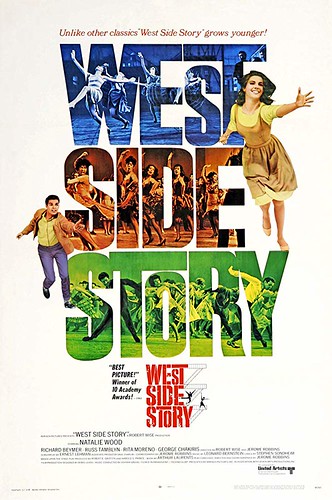
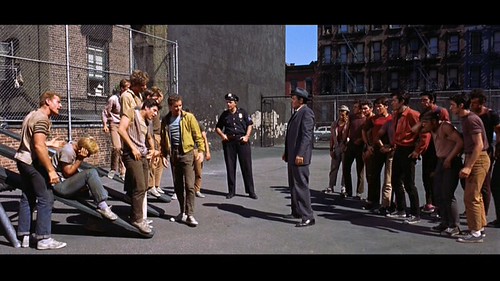
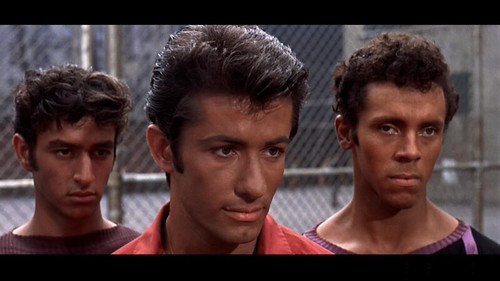

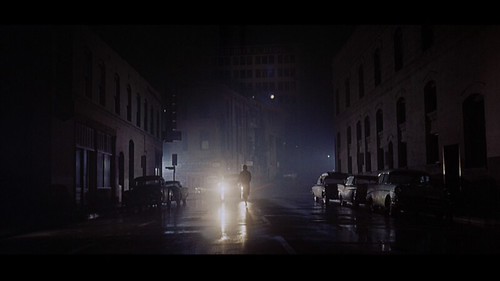
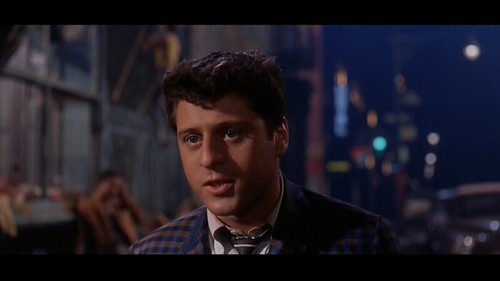
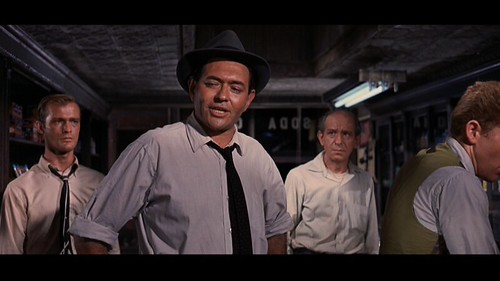


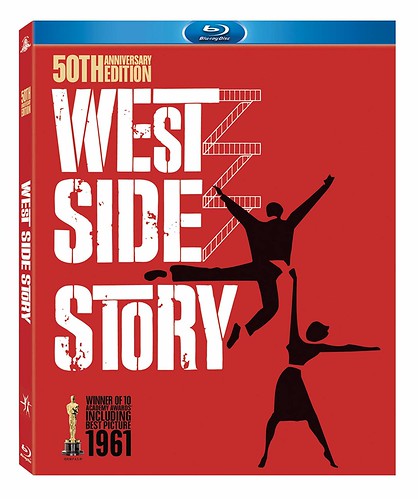



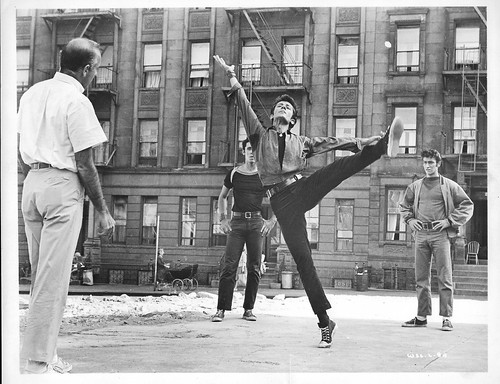


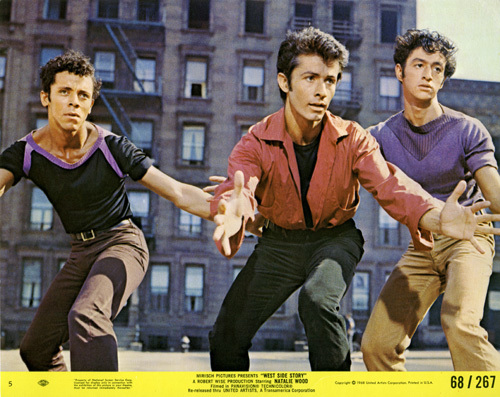
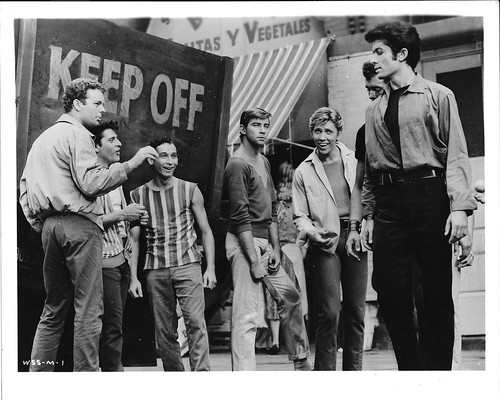

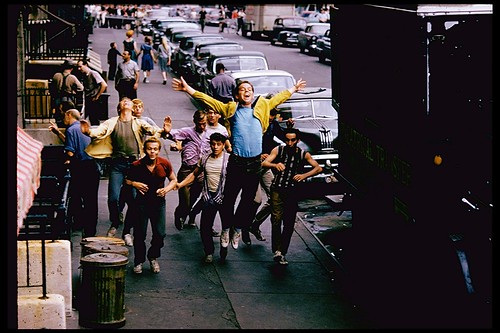
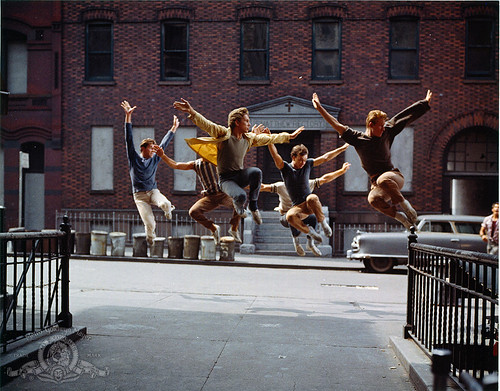
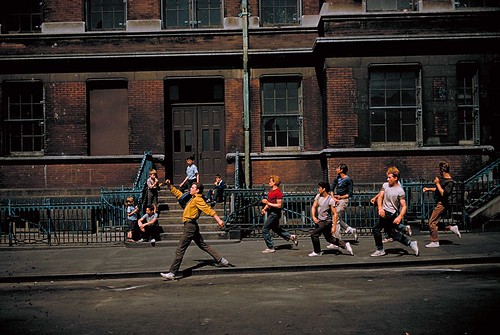
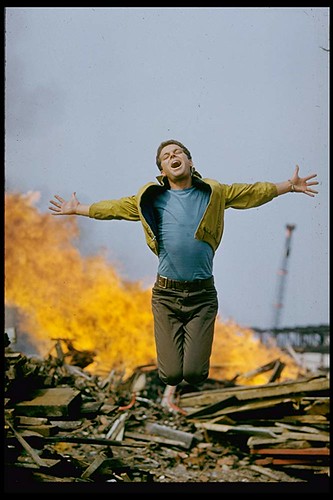

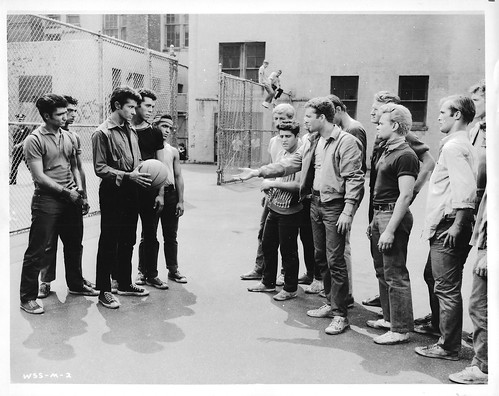

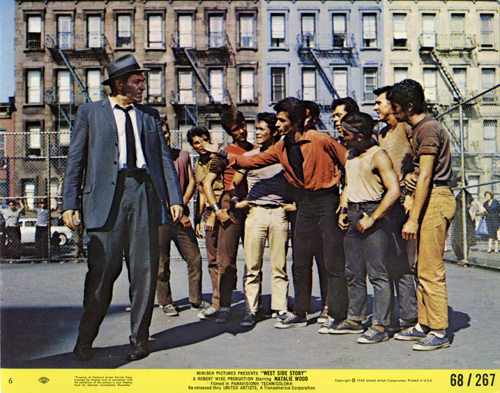
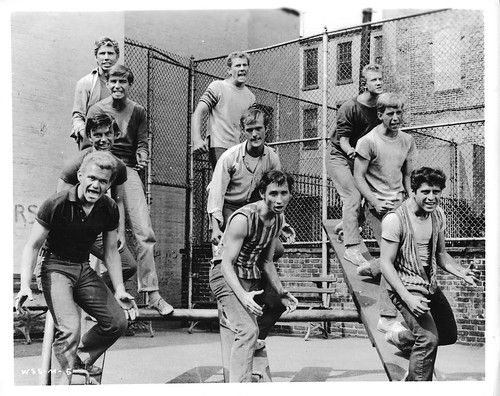

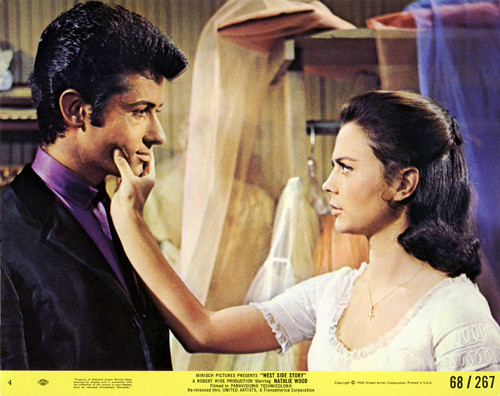
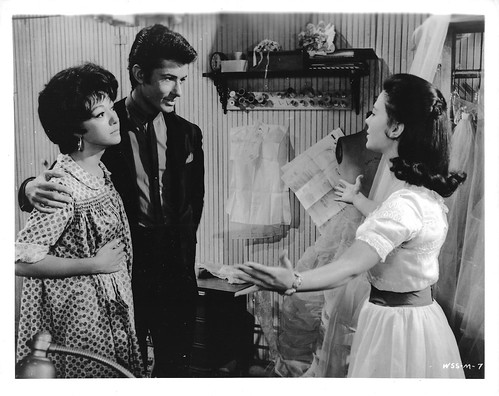

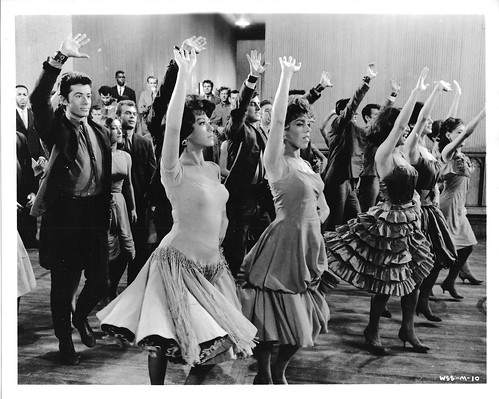
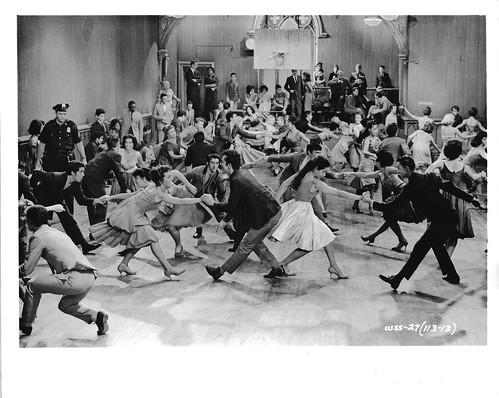
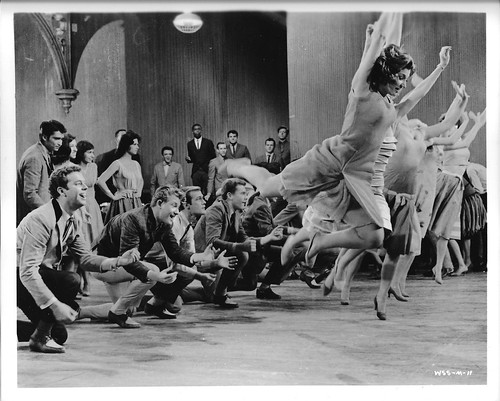


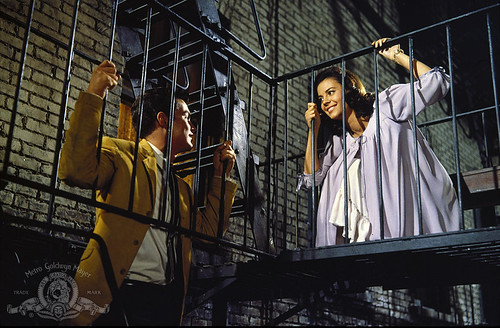
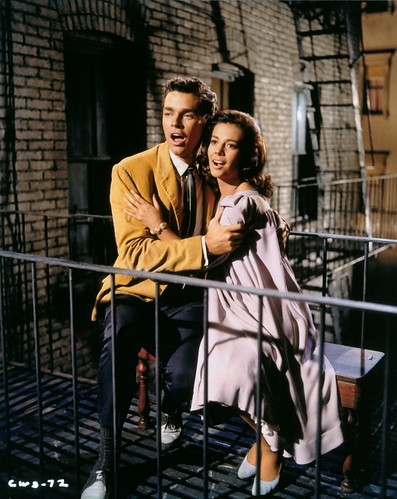
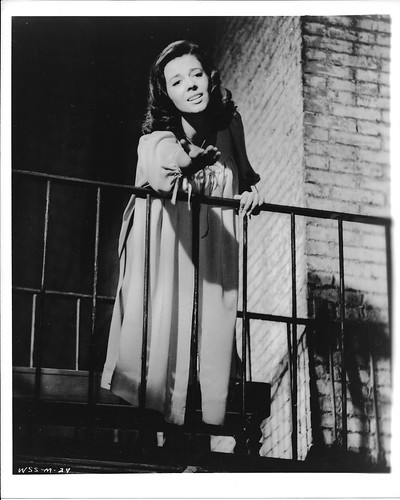
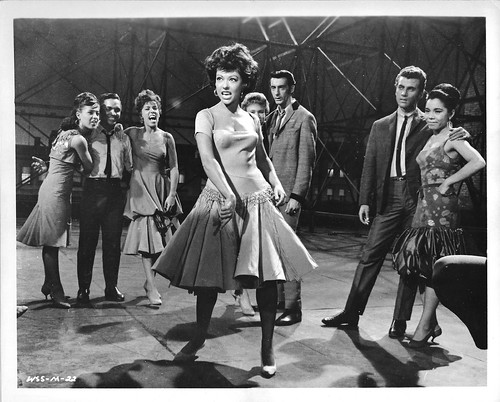
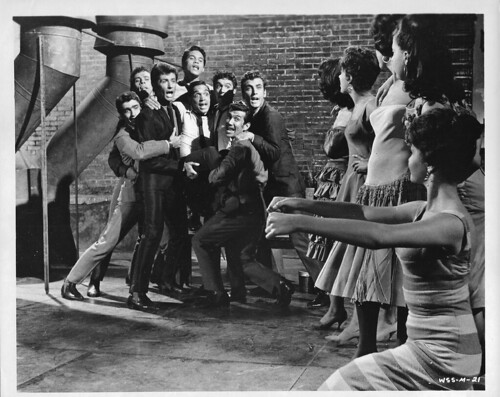
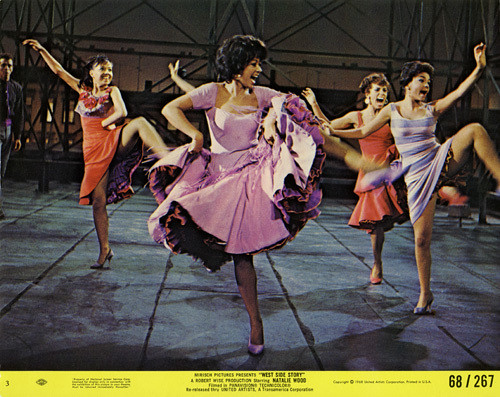
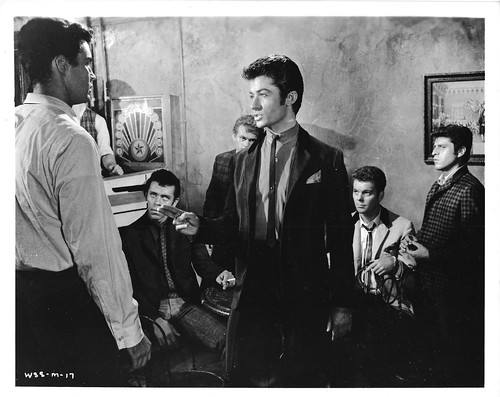
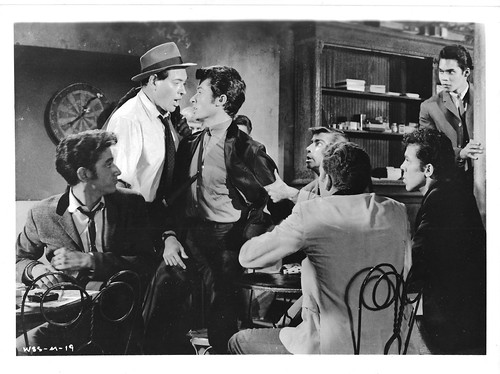

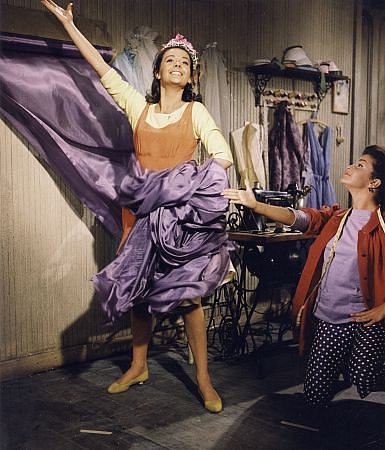
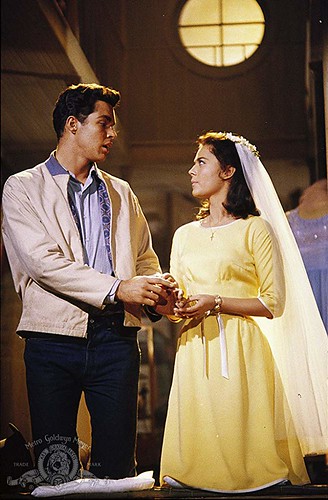
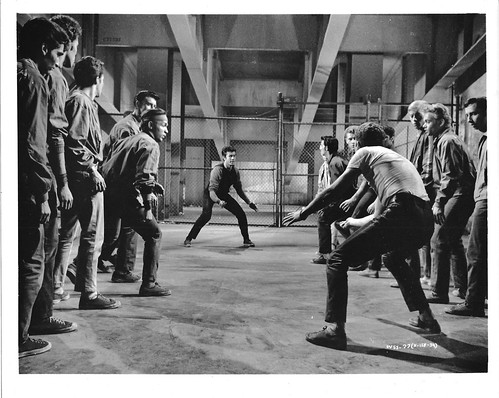

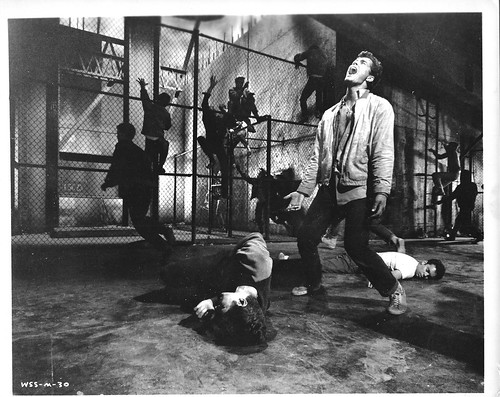




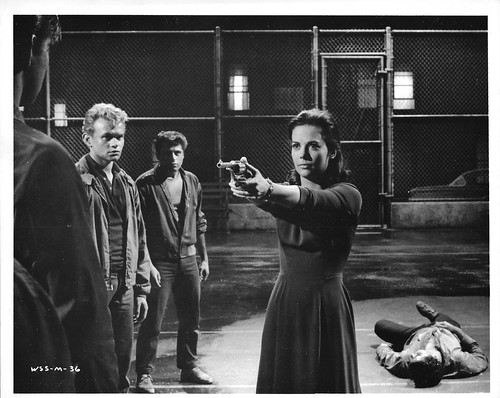


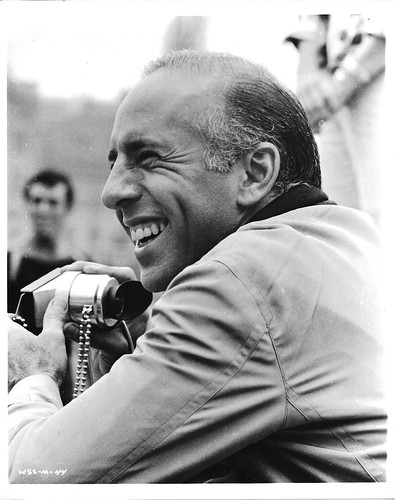
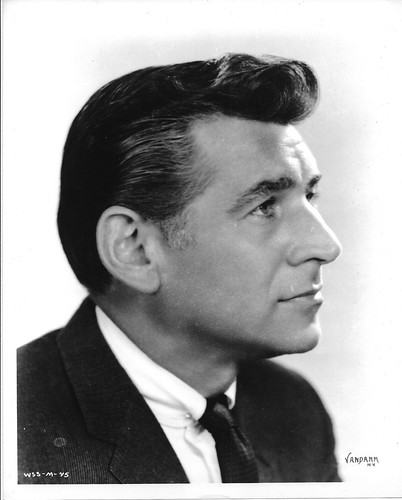

Great piece, Brian! I thought of you immediately when I heard about the Spielberg remake. It was nice to finally get the full scoop about your “West Side Story” backstory.
Brought back a lot of memories- acting it out on the roof with Georgie Bunsfield. You know there’s a cutesie rendition of the Jets song used as an ad now on TV in an L.L. Bean commercial.
What a wonderful story about memories of the most beautiful, iconic, and great golden oldie-but-keeper of a classic movie-musical such as the original 1961 film version of West Side Story! It’s my all time favorite film, hands down, and I never get tired of seeing it over and over again. That being said, I will be voting my pocketbook by boycotting Spielberg’s upcoming reboot/remake of the film West Side Story.
I read the post with interest: I am a total West Side Story nerd, though really more of the musical play then the movie. I saw the original cast when I was 14, and have thought about it ever since.
You mentioned Jaime Rogers was your neighbor. After the movie came out, he was the lead dancer in the theater musical version of Golden Boy, which starred Sammy Davis Jr.
Rogers played the boxer Davis has to fight to win the championship. The climax of the musical was this fight, brilliantly choreographed, between the two men. It was about a
10 minute ballet-and Rogers, whose character ultimately loses the fight—was brilliant
in it. A really terrific dancer.
As someone who followed the play and then the movie, I know which members of the original and replacement Broadway casts are in the movie—many of them in different
roles then they played in the play. Here is an interesting irony you may not be
aware of: Tucker Smith who plays Ice, joined the Broadway cast about 8 months
into the run. He replaced Hank Brunjes, the original Diesel (the name of Ice’s
character in the play) and also understudied Mickey Calin, who played Riff. When
Calin left, Brunjes replaced him, but Smith played the role of Riff many times
during the next few months. Yet when Brunjes left, the production chose two
different dancers to replace him, passing over Tucker. In the movie, Officer Krupke
and Cool are reversed so that Cool is sung after Riff’s death. Ice, now played by
Tucker, leads (and dominates) it. So there is your irony—he wasn’t considered
“good enough” to sing Cool on a permanent basis in the play, but for the movie,
seen by many more people, its his moment.